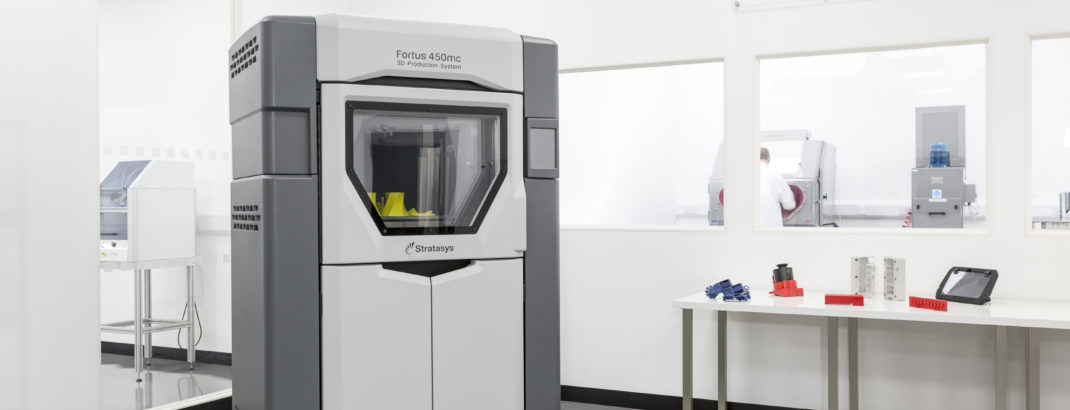With over 25 years’ experience, industry expert Phil Kilburn discusses how 3D printing has changed the face of manufacturing and how it can benefit your business.
It never ceases to amaze me how many people in manufacturing still ask me what 3D printing is. There is a huge section of people who are just not fully engaged with the extraordinary potential of this developing technology.
As someone who has been involved in 3D printing for 25 years, it’s baffling to me that companies are still failing to invest in the technology – and if they don’t do it soon, they run the risk of being left behind.
Certain sectors have embraced the potential of additive manufacturing. It’s widely used in F1, for example, where development cycles are being shortened to days and design modifications implemented between races to gain a competitive edge.
The same can be said of aerospace, where weight is vitally important – it costs over £15,000 for every kilogram put into space. The technology is also revolutionising the medical sphere, where prosthetics can be made bespoke to the patient, and it is widely adopted across architecture for modelling.
But, those trailblazers aside, there are great swathes of businesses which are turning a blind eye to the technology.
3D printing dates way back to the late 1980s and the automotive industry, but we are now on the verge of the technology becoming relevant to a much wider audience.
That’s because in the next decade or so we expect to see a movement towards production. 3D printing has been used primarily for prototyping for 25 years, as it’s a time and cost-effective way to create one or two products and understand how they look, feel and work before pressing the button on mass production.
The real game-changing moment will come when it makes financial sense to mass produce parts using 3D printing. Here at Ricoh we are preparing and helping our customers to understand when that point is for them.
The difficulty for manufacturers is the investment required to bring 3D printing in-house. The printers themselves are hugely expensive – and bringing in the required expertise is costly, too.
That’s where Ricoh comes in. We can offer a unique range of 3D printing technologies that no-one else can – and without the enormous financial outlay.
There are many more advantages to using a 3D printing bureau with the added value of consultation and technical expertise. By using Ricoh’s facilities, you eliminate downtime and errors.
We also ensure that you stay current. We are at the forefront of machinery innovation, saving customers the expense of investing in the latest technologies.
Perhaps, most importantly, you are tapping into our expertise. We have specialists who can advise on the best materials to use and modifications to optimise your designs for 3D printing. And, if a manufacturer is ready to take a prototype into mass production, we can advise on the best way to do that.
My message to manufacturers is simple – don’t be stuck in the starting blocks now the 3D printing gun has sounded. Get involved now to see how it could benefit your business today – in preparation for tomorrow.
